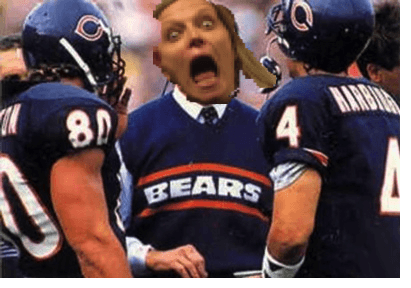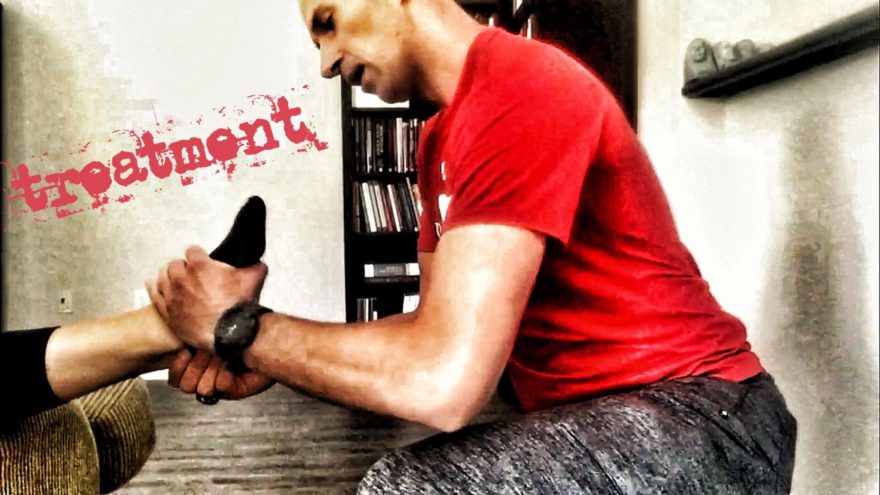Tag: neuromuscular
Course Notes: PRI Cervical Revolution REMIX
Note: I made some errors on the first rendition of this blog that were corrected after speaking with Eric Oetter.…
Course Notes: PRI Interdisciplinary Integration 2015
A Stellar Symposium Back in April I had the pleasure of finally attending PRI’s annual symposium, and what an excellent…

Course Notes: Pelvis Restoration Reflections
Pelvises Were Restored It was another great PRI weekend and I was fortunate enough to host the hilarious Lori Thomsen…

It’s the Salient Detection System, Stupid
Can you tell the difference among pain, depression, and pleasure? From a neurotransmitter perspective, the answer is no (see here…
9 weeks with Bane, I mean Zac…Oops Sorry Wrong CI
Note from Zac: This is my first guest post, and to start things up is the one and only Trevor…
Favorable Inputs: A Model for Achieving Outcomes
One Hot Model Louis Gifford’s Topical Issues in Pain has an amazing amount of quality information, and has really inspired…
Course Notes: Cantrell’s Myokin Reflections
Third Time’s a Charm Mike Cantrell was in my neighborhood to teach Myokinematic Restoration by the folks at PRI. And…
Course Notes: Advanced Integration and PRC Reflections
I Passed I officially became a Jedi this past December after retaking Advanced Integration and going through the Postural Restoration…
The Post Wonderful Time of the Year: 2014 Edition
And That’s a Wrap It’s that time of the year that we get to look back and reflect and what…
Hruska Clinic II: The Follow-up
Six Months Later I have come pretty far in my journey since initially being treated at the Hruska Clinic (see…
Course Notes: PRI Vision Integration for the Baseball Player
The first Section Where I Usually Say Something Like Whew or This Was the Best Course Ever! Phoenix has yet…
Post 100: Sexifying Upper Quadrant Post-Op
I Wrote a Lot It’s interesting to think how much this blog has changed since I started writing in February…
Course Notes: The Last Craniocervical Mandibular Restoration Evahhhhh
You’d Think I’d Learn it the First Time Around You’d think, but CCM is one of the hardest PRI courses…
The End of Pain
I’m Done Treating Pain. Yes. You read that correctly. I’m over it. Several different thoughts have crept into to my…

